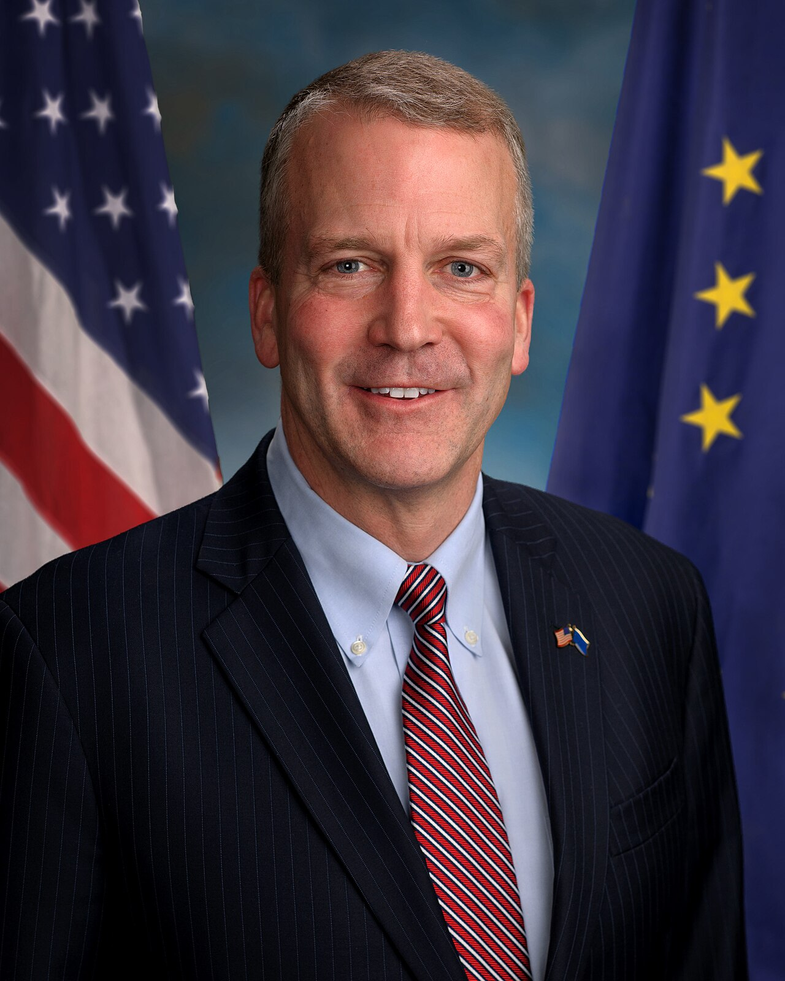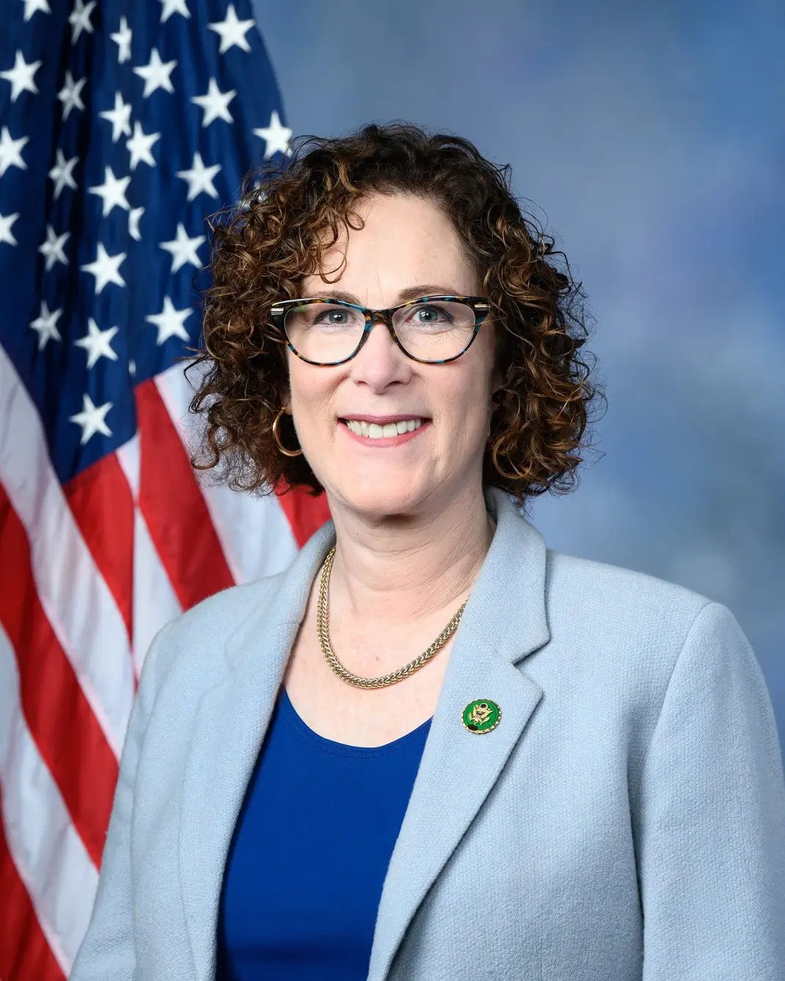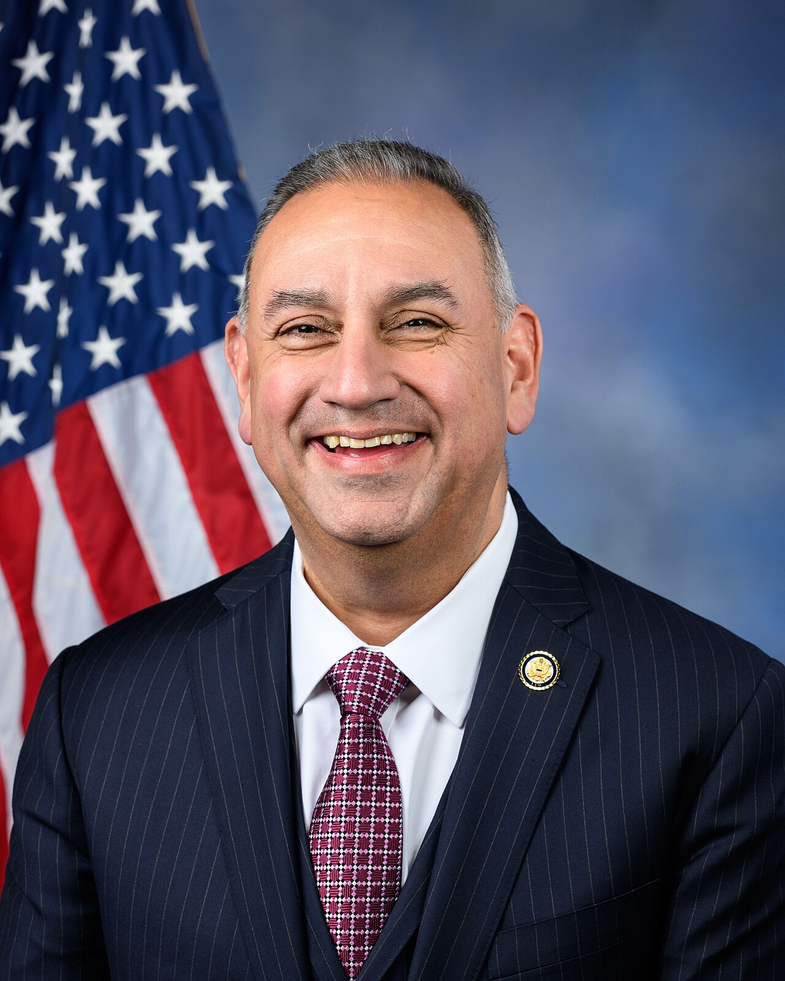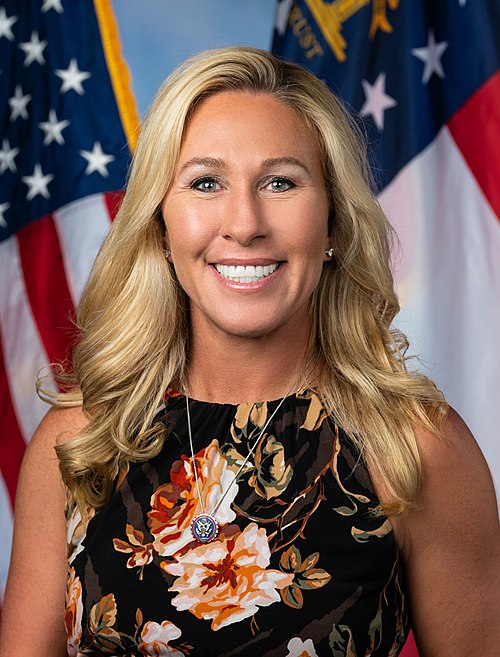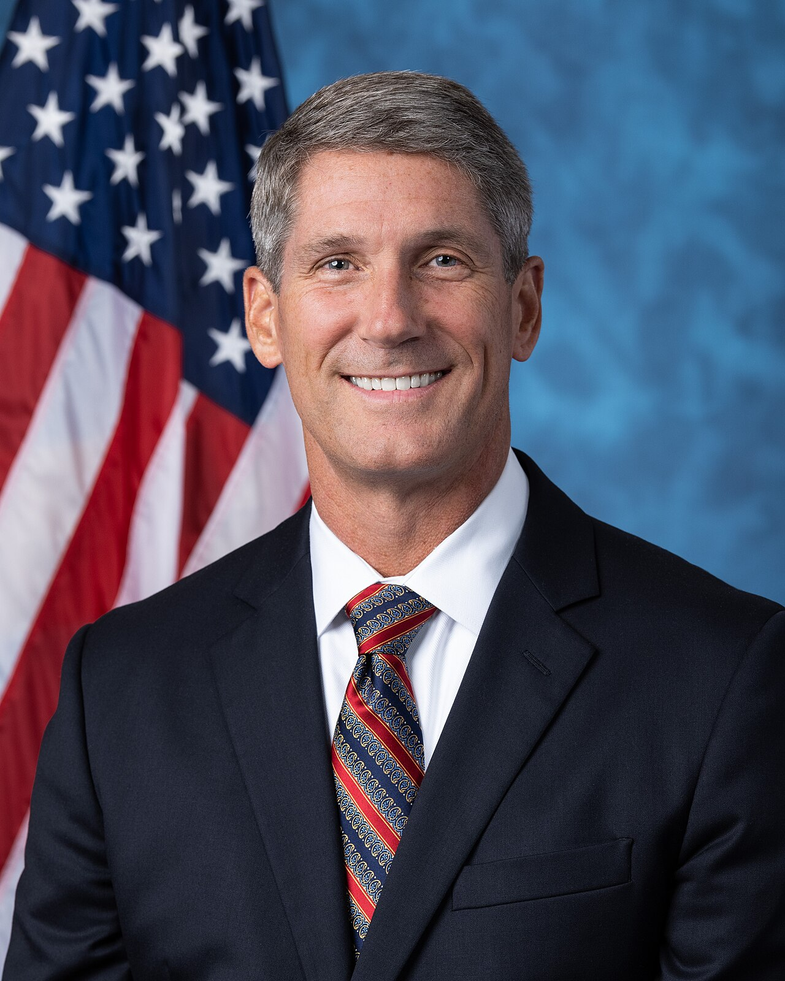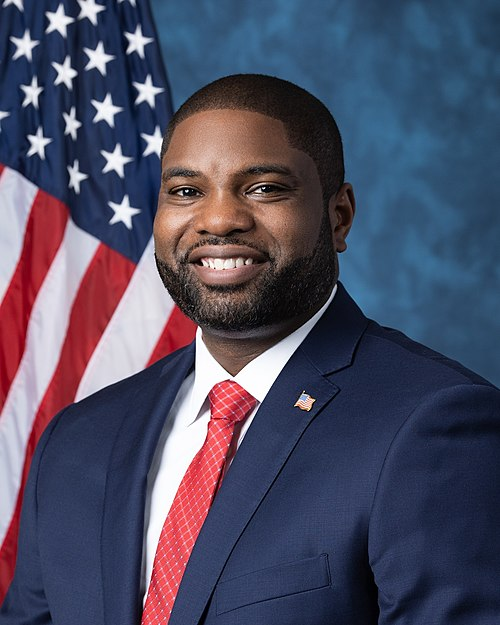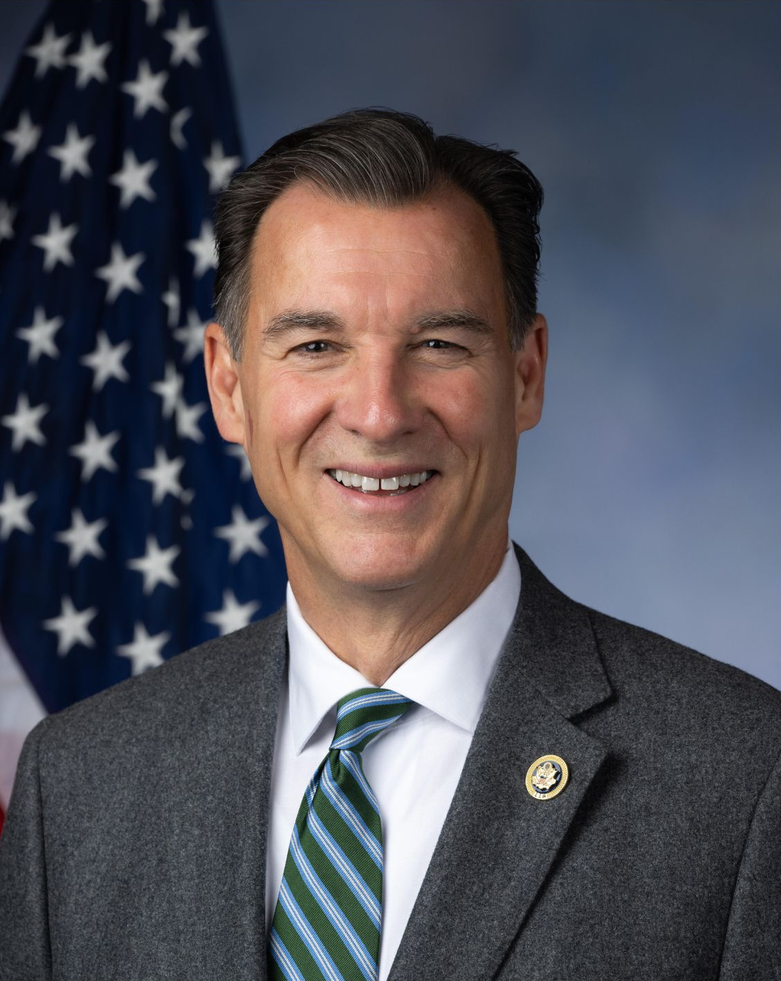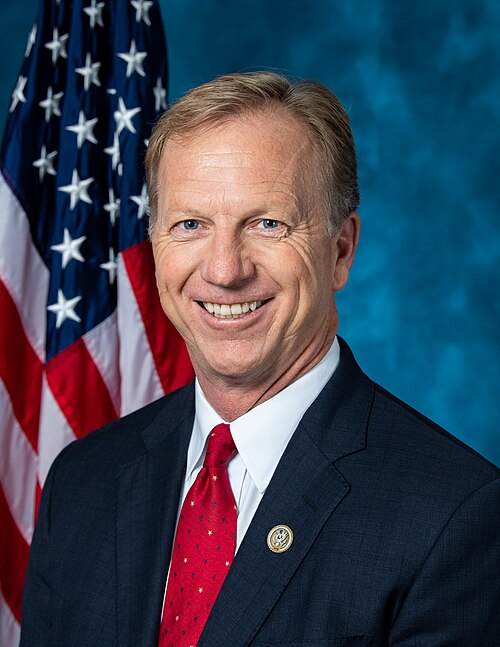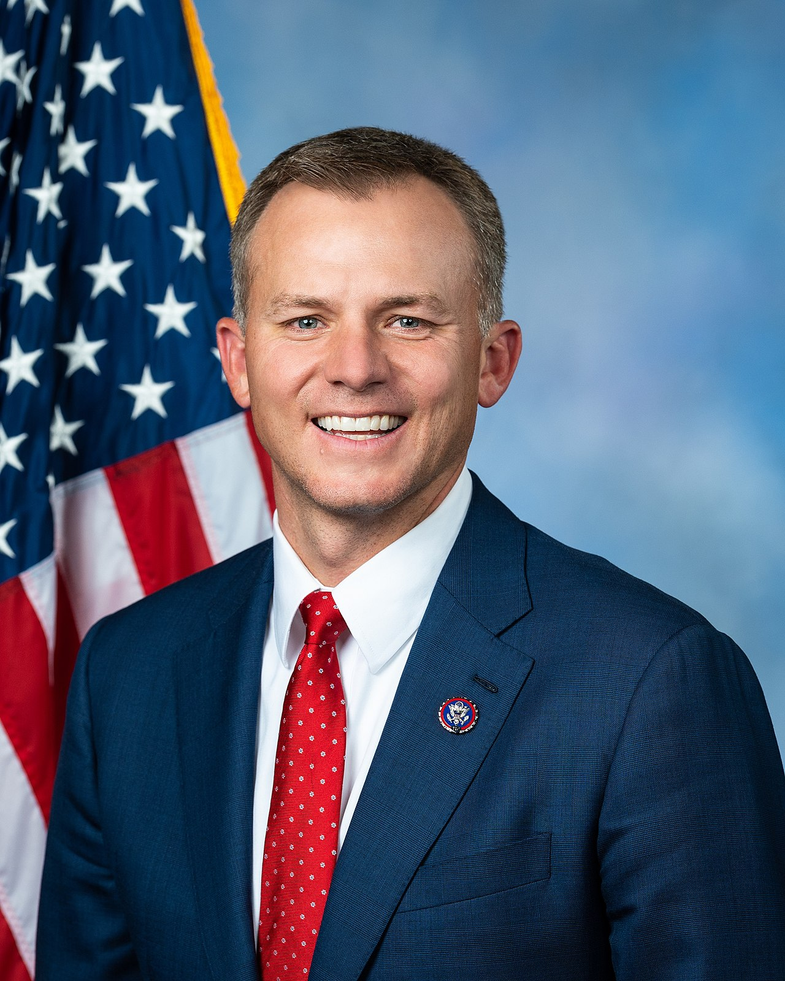S. 318: Accelerating Networking, Cyberinfrastructure, and Hardware for Oceanic Research Act
This bill, known as the Accelerating Networking, Cyberinfrastructure, and Hardware for Oceanic Research Act (or ANCHOR Act), aims to enhance the cybersecurity and telecommunications systems of the U.S. Academic Research Fleet. This fleet consists of U.S.-flagged vessels actively involved in oceanographic research, typically affiliated with universities and supported by the National Science Foundation (NSF).
Objectives of the Bill
The primary goal of the bill is to develop and submit a comprehensive plan that addresses the cybersecurity and telecommunications needs of these research vessels. This plan must be created within one year of the act's enactment and will require consultation with relevant federal agencies, universities, and laboratories that operate these vessels.
Key Elements of the Plan
The plan developed under this bill must include several critical assessments:
- Telecommunications Assessment: Analysis of the telecommunications and networking requirements necessary to support the scientific missions of the vessels.
- Cybersecurity Assessment: Evaluation of cybersecurity needs, following guidelines from the Cybersecurity and Infrastructure Security Agency (CISA) and National Institute for Standards and Technology (NIST). This will consider both the ownership of the vessels and the typical research activities conducted.
- Cost Estimation: An estimate of the financial resources required to meet the outlined telecommunications and cybersecurity needs, including potential equipment and personnel costs.
- Implementation Timeline: An assessment of how long it would take to implement necessary upgrades under various budget scenarios.
- Centralized Solutions: Consideration of the adoption of common solutions, licensing agreements, or consolidating elements of cybersecurity and telecommunications at a single facility to improve efficiency.
- Funding Plan: A proposed spending plan that may involve various stakeholders, including federal and non-federal entities, to cover the evaluated costs.
Considerations in Preparing the Plan
To form a comprehensive plan, the Director of the NSF must take several factors into account:
- Network Capabilities: Establishing speed and bandwidth requirements suitable for the scientific functions and communications of each type of vessel.
- Health and Well-being Services: Ensuring network access for telemedicine and support for the health of onboard personnel.
- Data Management: Facilitating timely uploading and sharing of scientific data with shoreside facilities.
- Real-time Communication: Enabling remote observers to assist with maintenance or research activities onboard.
- Educational Outreach: Providing video communications that support improved educational services and outreach to K–12 students.
Cybersecurity Focus
The cybersecurity elements of the plan must incorporate best practices and recommendations from relevant cybersecurity bodies, ensuring alignment with national and international standards for information security. This includes:
- Implementing secure systems and encryption for sensitive data.
- Facilitating access to cybersecurity training and personnel for research and support staff.
- Identifying requirements for handling controlled or classified information where applicable.
Overview of the U.S. Academic Research Fleet
The U.S. Academic Research Fleet is defined in the bill as a collection of U.S.-flagged vessels that:
- Are part of the University-National Oceanographic Laboratory System.
- Are operated by research institutions and funded by the NSF.
- Have undergone evaluations to achieve member designation.
Relevant Companies
- BA - Boeing: May provide equipment, systems, or support for telecommunications and cybersecurity upgrades on vessels.
- LMT - Lockheed Martin: Could be involved in cybersecurity solutions and telecommunications technology applicable to maritime operations.
- HII - Huntington Ingalls Industries: May participate in the construction or modification of vessels to enhance cybersecurity capabilities.
This is an AI-generated summary of the bill text. There may be mistakes.
Sponsors
2 bill sponsors
Actions
10 actions
| Date | Action |
|---|---|
| Oct. 10, 2025 | Held at the desk. |
| Oct. 10, 2025 | Received in the House. |
| Oct. 08, 2025 | Message on Senate action sent to the House. |
| Oct. 08, 2025 | Passed/agreed to in Senate: Passed Senate with an amendment by Unanimous Consent. |
| Oct. 08, 2025 | Passed Senate with an amendment by Unanimous Consent. |
| Sep. 29, 2025 | Committee on Commerce, Science, and Transportation. Reported by Senator Cruz with an amendment in the nature of a substitute. With written report No. 119-64. |
| Sep. 29, 2025 | Placed on Senate Legislative Calendar under General Orders. Calendar No. 169. |
| May. 21, 2025 | Committee on Commerce, Science, and Transportation. Ordered to be reported with an amendment in the nature of a substitute favorably. |
| Jan. 29, 2025 | Introduced in Senate |
| Jan. 29, 2025 | Read twice and referred to the Committee on Commerce, Science, and Transportation. |
Corporate Lobbying
0 companies lobbying
None found.
* Note that there can be significant delays in lobbying disclosures, and our data may be incomplete.

